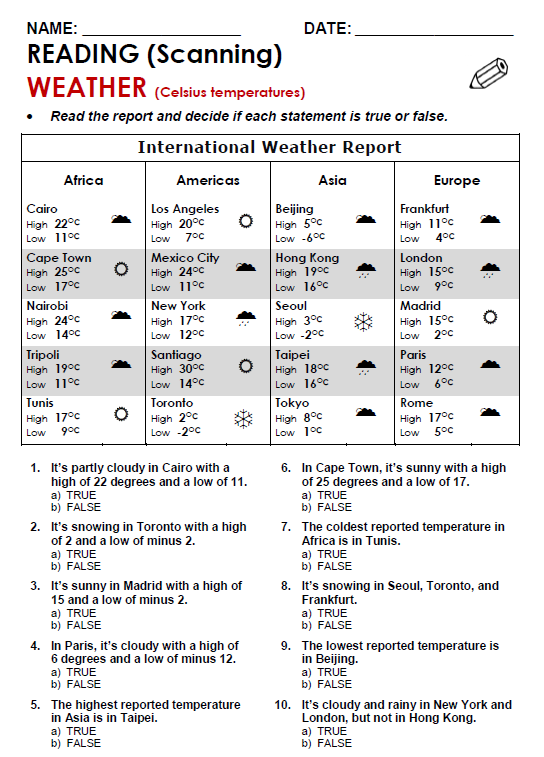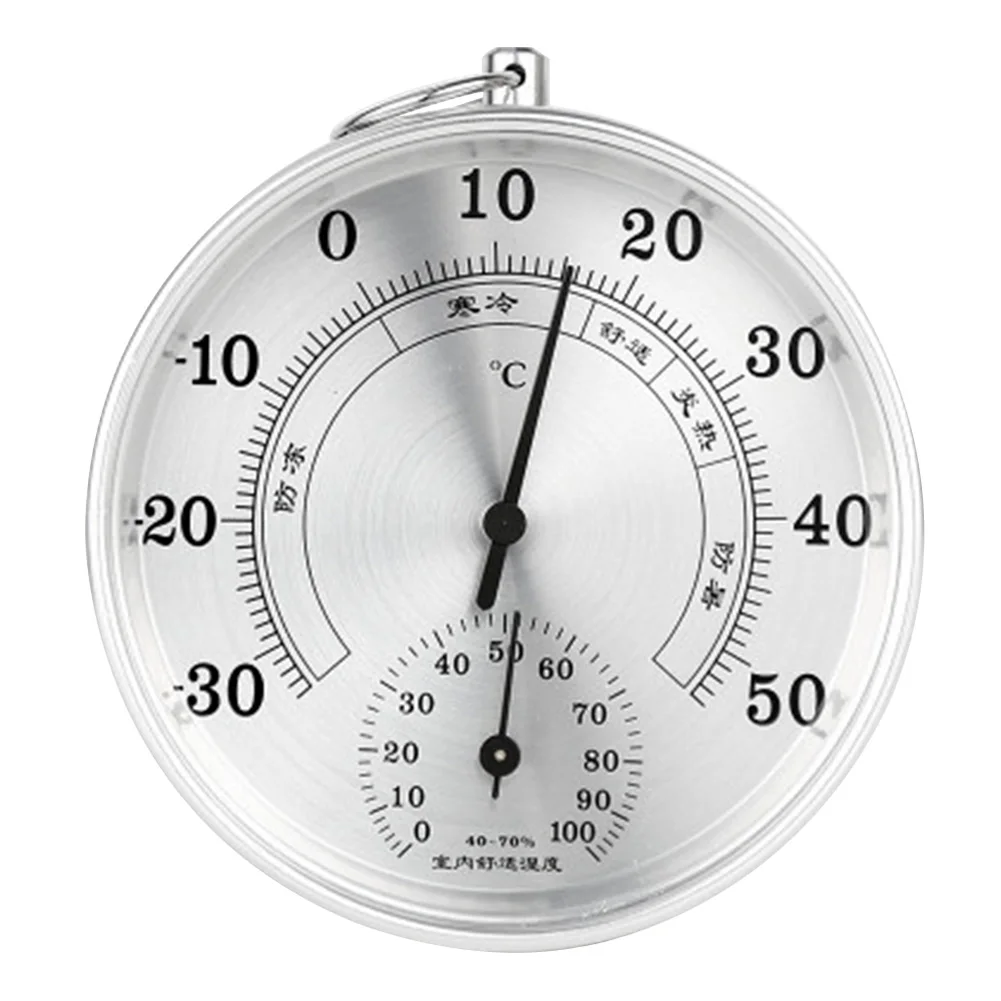

- EASY WEATHER READING FULL
- EASY WEATHER READING SERIES
What did you observe about the weather today?Īt the end of a week, students should use the information they recorded on their chart to fill in the My Weather Graph. At the end of each day, ask students questions like: At the end of each school day, students should use the symbols available on the Weather Watch Symbols page to indicate what the weather was like for that day by cutting out the symbols and pasting them onto the chart. Tell students that they will observe and record the weather for a one-week period. Provide students with copies of the Weather Watch Symbols, My Weather Graph, and My Weather Chart. What’s the Weather?, an activity on the Utah Education Network, offers instructions and student worksheets for the data collection and graphing. The goal of this section is for students to observe and record weather for a week and then analyze it. What’s a Bear to Wear?, by Laura Rossiter. Magic Monsters Learn About Weather, by Sylvia Tester. Bear’s Busy Year: A Book About Seasons, by Marcia Leonard. Finally, have students go to Cold Weather and talk to them about the clothing shown there.Īfter looking at and discussing all of the pictures, consider reading a weather-related book to your students like: Ask them the same types of questions as listed above. Then have students go to Rainy Weather and talk to them about the clothing shown there. Can you think of any other types of clothing that could be added to the ones you see? (Accept all logical answers.). Why would these be good types of clothes to wear when the weather is hot? (These are good clothes to wear when the weather is hot because they help to keep you cool and protect you from the sun.). What types of clothes do you see pictured for when the weather is hot? (Answers should include a hat, t-shirt, shorts, sandals, sunglasses, and swimsuit.). Then talk to them about the types of clothing shown there. Now, have students use their Weather Patterns student esheet to visit Hot Weather on the Different Clothes for Different Weather site. If not, why not? (The weather changed.). 
If yesterday’s weather was very different, then they will answer no.)
Would you have found the same types of items in the room yesterday? (If yesterday’s weather was much like today’s, then they will answer yes. Can you find clues around the classroom that indicate what the weather is like? (Examples could include umbrellas, raincoats, shorts, t-shirts, snow boots, etc.). Does the weather ever affect what you can do (e.g., can’t play outside if raining)?. Do you know what it will be like tomorrow?. How can you find out what the weather will be like ahead of time?. Motivationįirst, get students to just talk about weather generally. You may want to read Weather on the National Science Education Standards site for an example of how you could use a weather station in your school. The following sheets for student use are located on the Utah Education Network site: This lesson is intended to be done over a week or so with students observing/recording weather data each day. In Weather 2: What’s the Season?, students focus on the second portion of the benchmark: “things such as temperature and rain (or snow) tend to be high, low, or medium in the same months every year.” Students identify the seasonal patterns in temperature and precipitation. 
They plot their data and look for patterns of ups and downs without getting deeply into the nature of climate. In this lesson, students keep daily records of temperature, precipitation, and wind. It is important that students be able to make a graph. Part of the analysis is the construction of simple bar graphs. Then they identify and record several weather parameters to analyze for patterns. Students first look at simple patterns in non-weather related phenomena. This lesson requires students to relate what they learn about weather to what they already know about patterns. So, to do this lesson, students already should be familiar with patterns. Weather 1: What’s the Weather? focuses on the phrase in the benchmark: “the weather changes some from day to day.” As stated in the benchmark, some events in nature have a repeating pattern.
EASY WEATHER READING FULL
The full picture requires the introduction of such concepts as temperature, the water cycle, etc. It also is important for students to study the earth repeatedly because they take years to acquire the knowledge that they need to complete the picture.

The study of the weather in these early years is important because it can help students understand that some events in nature have a repeating pattern.
EASY WEATHER READING SERIES
This lesson is the first in a two-part series on the weather. To help students understand how the weather changes some from day to day.








 0 kommentar(er)
0 kommentar(er)
